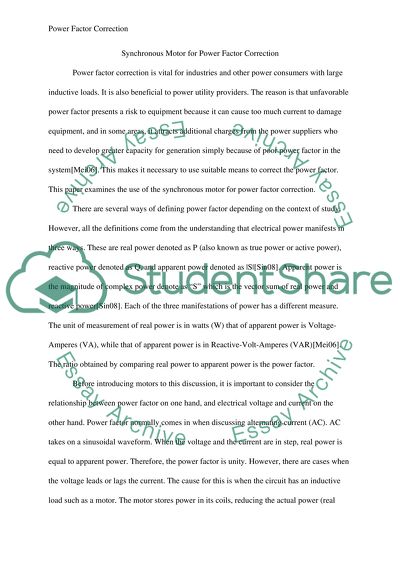Cite this document
(“Power Factor Investigation Assignment Example | Topics and Well Written Essays - 1000 words”, n.d.)
Power Factor Investigation Assignment Example | Topics and Well Written Essays - 1000 words. Retrieved from https://studentshare.org/engineering-and-construction/1444750-power-factor-investigation
Power Factor Investigation Assignment Example | Topics and Well Written Essays - 1000 words. Retrieved from https://studentshare.org/engineering-and-construction/1444750-power-factor-investigation
(Power Factor Investigation Assignment Example | Topics and Well Written Essays - 1000 Words)
Power Factor Investigation Assignment Example | Topics and Well Written Essays - 1000 Words. https://studentshare.org/engineering-and-construction/1444750-power-factor-investigation.
Power Factor Investigation Assignment Example | Topics and Well Written Essays - 1000 Words. https://studentshare.org/engineering-and-construction/1444750-power-factor-investigation.
“Power Factor Investigation Assignment Example | Topics and Well Written Essays - 1000 Words”, n.d. https://studentshare.org/engineering-and-construction/1444750-power-factor-investigation.


